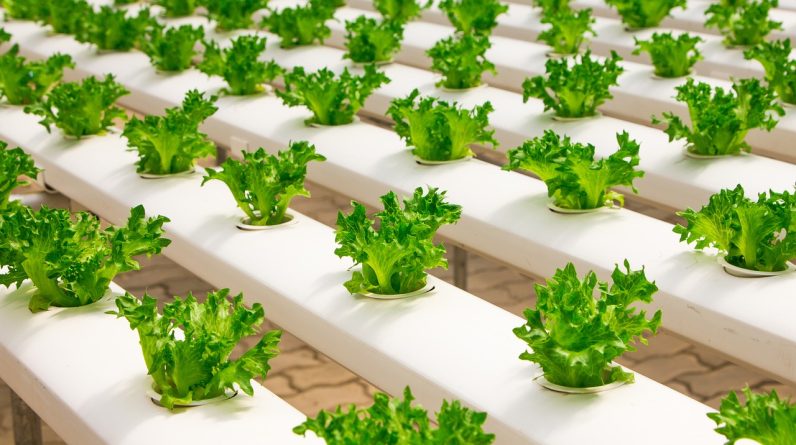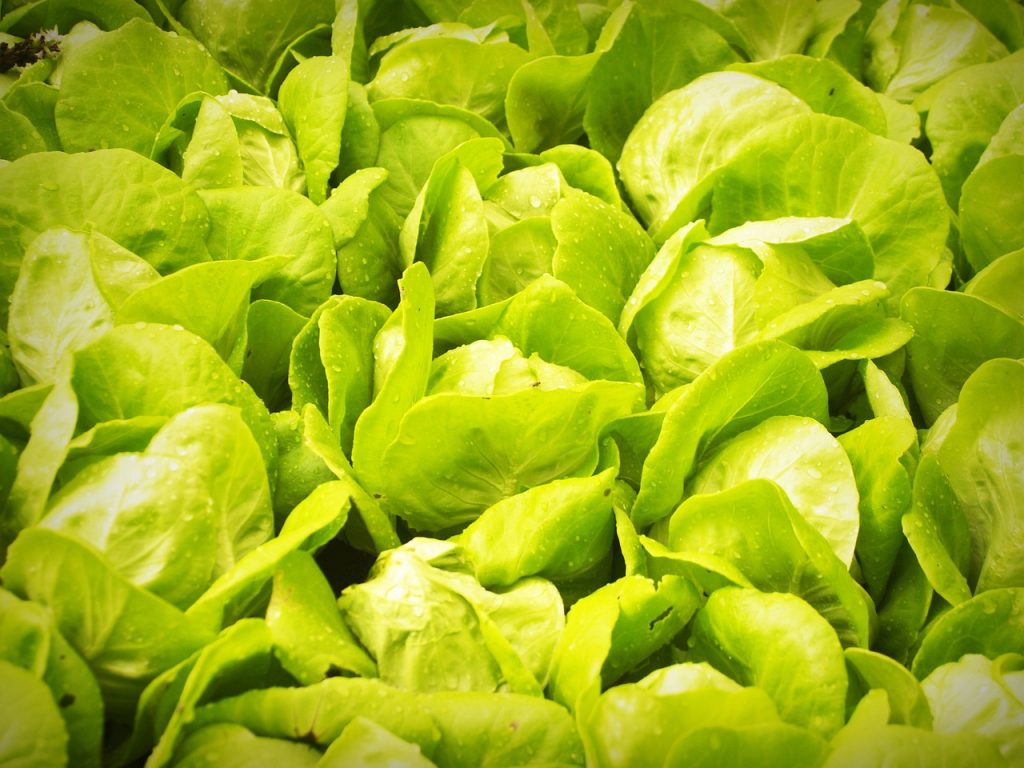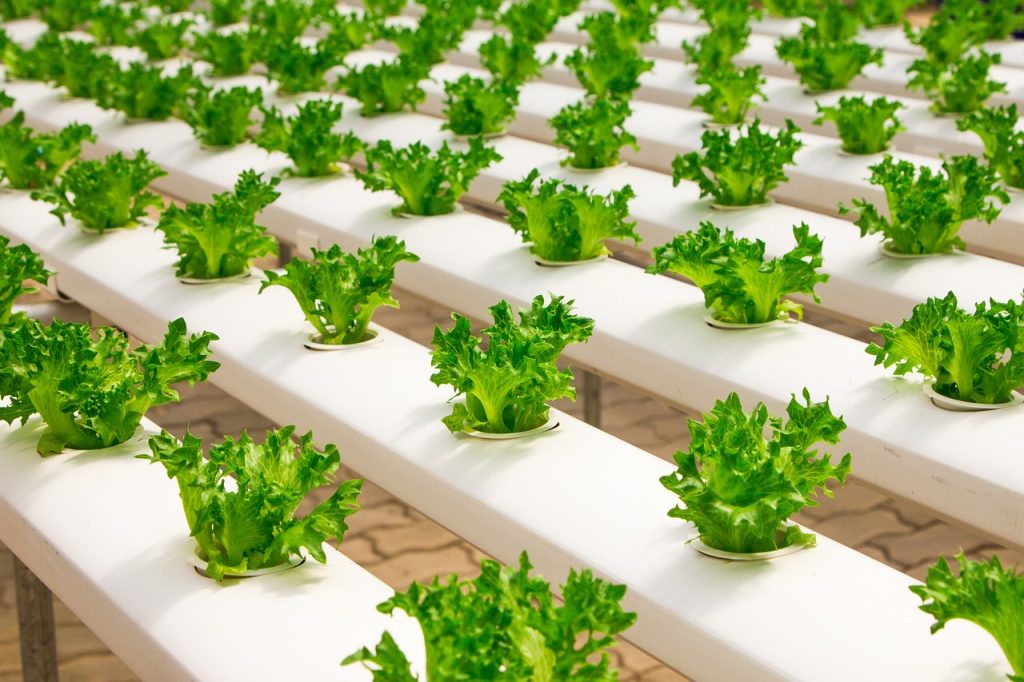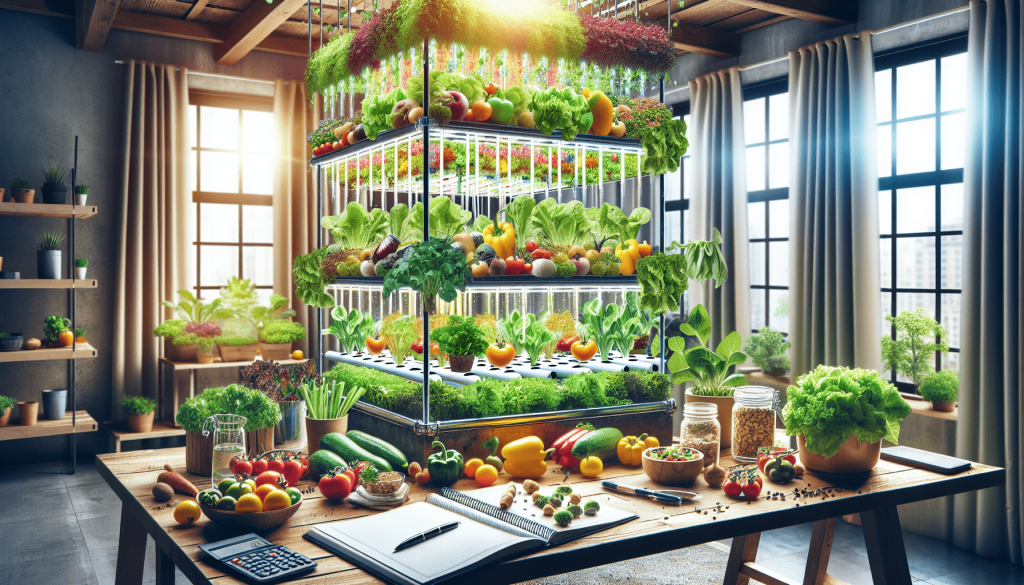
Have you ever considered trying hydroponic gardening in your home? You might be surprised to learn about the many benefits it offers. From faster plant growth to increased yields, hydroponic systems have revolutionized the way we grow plants. In this article, we will explore the surprising benefits of hydroponic gardening that you might not be aware of.
What is Hydroponic Gardening?
Hydroponic gardening is a method of growing plants without the use of soil. Instead, plants are grown in a nutrient-rich water solution that delivers essential nutrients directly to the roots. This allows plants to grow faster and produce higher yields compared to traditional soil gardening methods.
Let’s break it down
Imagine not having to deal with the messiness of soil when gardening. With hydroponics, you eliminate the need for soil altogether, making the process cleaner and more efficient. Plus, you have total control over the nutrients your plants receive, ensuring they get exactly what they need to thrive.

Benefits of Hydroponic Gardening
There are several surprising benefits to hydroponic gardening that make it an attractive option for both experienced and beginner gardeners. Let’s explore some of these advantages in more detail.
Faster Plant Growth
One of the most significant benefits of hydroponic gardening is the accelerated growth rate of plants. By providing nutrients directly to the roots, plants can absorb essential elements more efficiently, leading to faster growth and development. This means you can enjoy fresh produce from your garden in a shorter amount of time.
Increased Yields
In addition to faster growth, hydroponic systems have been shown to increase plant yields compared to traditional soil gardening. The precise control over nutrient delivery and environmental conditions allows plants to reach their full potential, resulting in larger harvests of fruits, vegetables, and herbs.
Water Conservation
Hydroponic gardening is an incredibly water-efficient method of growing plants. By recirculating the nutrient solution, hydroponic systems use up to 90% less water than traditional soil gardening. This means you can grow your favorite crops while conserving this precious resource.
Year-Round Cultivation
One of the unique benefits of hydroponic gardening is the ability to grow plants year-round, regardless of external weather conditions. By controlling the growing environment, you can simulate ideal conditions for plant growth, allowing you to enjoy fresh produce any time of the year.
Reduced Risk of Pests and Diseases
Traditional soil gardening can be susceptible to a variety of pests and diseases that can harm your plants. With hydroponic systems, the risk of soil-borne diseases is significantly reduced, leading to healthier plants and fewer chemical inputs. This means you can enjoy a pest-free garden without the need for harmful pesticides.
Sustainable and Efficient
Overall, hydroponic gardening provides a sustainable and efficient approach to growing fresh, nutritious crops. With the ability to conserve water, increase yields, and reduce the use of chemicals, hydroponic systems offer a more environmentally friendly way to grow your favorite plants.

Types of Hydroponic Systems
There are several different types of hydroponic systems, each with its own unique advantages and challenges. Depending on your space, budget, and gardening experience, you can choose the system that best suits your needs. Let’s explore some of the most common types of hydroponic systems.
Deep Water Culture (DWC)
Deep Water Culture systems involve suspending plant roots in a nutrient-rich water solution, allowing them to absorb essential nutrients directly. This method is simple and low-cost, making it an excellent choice for beginner gardeners.
Nutrient Film Technique (NFT)
Nutrient Film Technique systems involve continuously flowing a thin film of nutrient solution over the plant roots, providing a steady supply of nutrients and oxygen. This method is ideal for growing leafy greens and herbs.
Ebb and Flow
Ebb and Flow systems flood the plant roots with nutrient solution at regular intervals, allowing them to absorb nutrients and oxygen before draining the excess. This method is versatile and suitable for a wide range of plants.
Aeroponics
Aeroponic systems mist plant roots with a nutrient solution, providing them with optimal oxygen levels for growth. This method is highly efficient and space-saving, making it popular among advanced gardeners.
Drip Irrigation
Drip Irrigation systems deliver a controlled stream of nutrient solution directly to the plant roots, ensuring they receive all the essential elements for growth. This method is customizable and suitable for a variety of plants.

Getting Started with Hydroponic Gardening
If you’re interested in trying hydroponic gardening at home, there are a few key steps to get started. From choosing the right system to selecting the best plants, here’s a beginner’s guide to setting up your hydroponic garden.
Choosing a System
The first step in starting a hydroponic garden is choosing the right system for your space and needs. Consider factors such as the size of your space, the type of plants you want to grow, and your budget when selecting a system.
Selecting Plants
Once you’ve chosen a system, it’s time to select the plants you want to grow. Leafy greens, herbs, and strawberries are popular choices for hydroponic gardening due to their fast growth and compact size. Make sure to choose plants that are well-suited to hydroponic growing conditions for the best results.
Setting Up Your Garden
After selecting your plants, it’s time to set up your hydroponic garden. Follow the manufacturer’s instructions for assembling your chosen system and preparing the nutrient solution. Place your garden in a well-lit area with access to natural or artificial light for optimal plant growth.
Monitoring Your Garden
Once your hydroponic garden is set up, it’s essential to monitor it regularly to ensure proper plant growth. Check the nutrient levels, pH balance, and water temperature regularly to make any adjustments as needed. By keeping a close eye on your garden, you can ensure the health and productivity of your plants.
Harvesting Your Crops
Finally, when your plants are ready for harvest, it’s time to enjoy the fruits of your labor. Harvest your crops as they reach maturity, being careful not to damage the roots or stems. Enjoy fresh, nutritious produce from your hydroponic garden and share the benefits with family and friends.

Conclusion
In conclusion, hydroponic gardening offers a variety of surprising benefits that make it an attractive option for modern gardeners. From faster plant growth and increased yields to water conservation and year-round cultivation, hydroponic systems provide a sustainable and efficient way to grow fresh, nutritious crops. Whether you’re a beginner or experienced gardener, hydroponics can revolutionize the way you grow plants and enjoy the rewards of your labor. Are you ready to try hydroponic gardening and experience these benefits for yourself?










